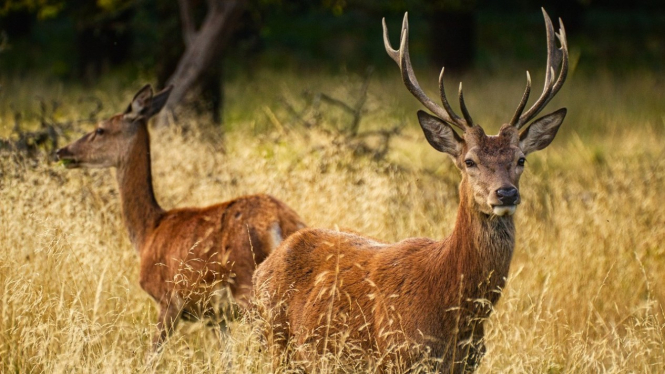Which Animals are the Best and Worst Hunters
- Pixabay/rainhard2
Jakarta – In the animals world, full of predators and prey, with some predatos being extraordinary killers. But there are many ways to catch a meal and many ways to define what makes a successful predator.
So, which animal is truly best hunter?
According to Mark Belk, an evolutionary ecologist at Brigham Young University, there's so much interesting ecology and evolutionary biology tied up in this simple question.
"Predation turns out to be the glue that holds everything together – this is how energy passes through ecosystems," he said, as quoted from the Live Science site.
Ilustrasi indra hewan.
- http://4muda.com
The most obvious way to approach the question of hunting prowess is to consider an animal's catch rate, the number of times an animal successfully lands a meal out of all of its collective attempts.
By this metric, it isn't actually the species we most associate with hunting – such as lions, tigers, wolves and other large predators – that are the most successful. Lions make a kill roughly 30% of the time, while tigers are successful only about 10% of the time.
Instead, it's the relatively overlooked dragonfly that earns the title. These insects, along with their cousins the robber flies, have up to a 97?tch rate, and they can consume hundreds of mosquitoes a day.
Their success comes, in part, from their extraordinary vision. Dragonflies and their kin have compound eyes that give them almost 360 degrees of sight, and their brains are capable of processing sensory information extremely quickly, allowing them to predict where prey will move.
And because they can move their forewings and hind wings independently, dragonflies are adept fliers and can even zoom backward.
But there are other definitions of hunting success, Belk said. Typically, hunters fall into one of two camps: animals that actively pursue and attack their prey, and animals that lie in wait, relying on their patience to earn them a meal.












